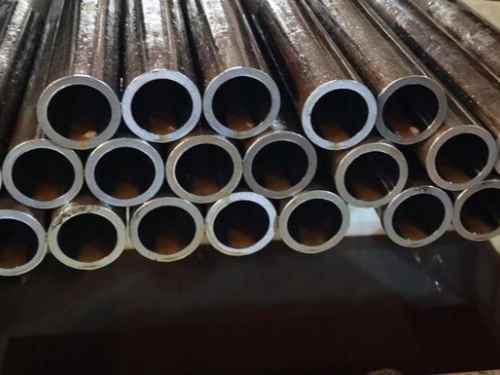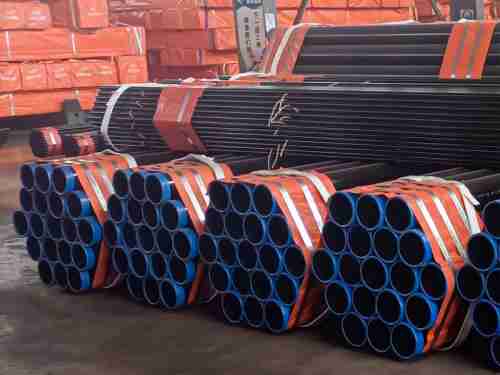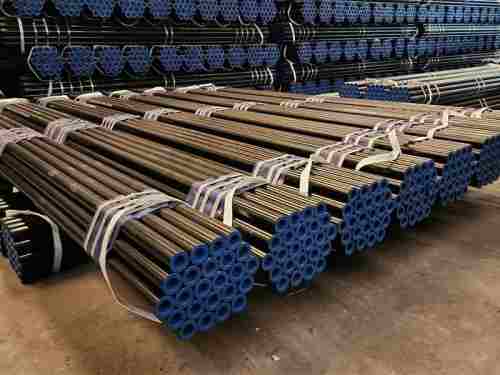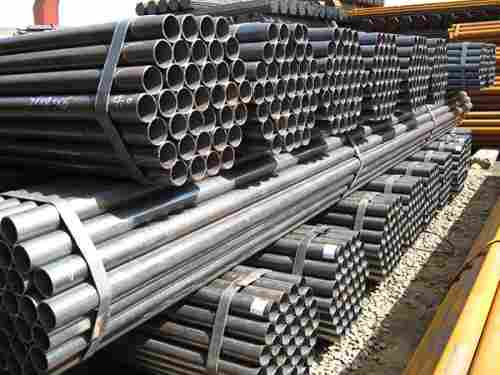Carbon steel plate is one of the most widely used foundational materials in modern industry. Its material grade classification directly determines its strength, toughness, processing performance, and suitability for various applications. From engineering design and material selection to production and manufacturing, grade standards serve as the core reference for ensuring performance and safety.
Different countries and regions have developed grading systems based on carbon content and mechanical properties (such as yield strength, tensile strength, and impact toughness). Below is an overview of the major international standards for carbon steel plate grades.
- European Standard (EN): Focus on Structural Safety
European grades are mainly defined under the EN 10025 series, which covers carbon and fine-grain structural steels. Grades are categorized by yield strength and impact toughness.
S235JR / J0 / J2: Low-carbon steel (C≈0.17%), yield strength ≥235 MPa
JR: Normal temperature impact (20°C, ≥27J), used in general structures like factory supports and purlins.
J0: 0°C impact (≥27J), suitable for mildly cold environments.
J2: -20°C impact (≥27J), ideal for colder regions such as northern structural frames.
S275JR / J0 / J2 / K2: Medium-low carbon steel, yield strength ≥275 MPa
Offers higher strength than S235, suitable for medium-load structures such as bridge beams and equipment bases. The K2 grade provides excellent low-temperature performance (qualified at -40°C).
S355JR / J0 / J2 / K2: Medium carbon steel (C≈0.20%), yield strength ≥355 MPa
Combines high strength and toughness, ideal for heavy-duty applications like industrial columns, crane beams, and offshore structures. The K2 grade maintains impact toughness down to -40°C.
- American Standard (ASTM): Segmented by Application
ASTM A36: The most common low-carbon structural steel (C≤0.25%), yield strength ≥250 MPa, tensile strength 400–550 MPa.
It has no specific impact toughness requirement, making it suitable for general construction and mechanical parts (e.g., platforms, brackets). Known for its excellent weldability and global availability.
ASTM A572 (Gr. 50 / 60 / 65): High-strength, low-alloy steel containing small amounts of Mn and V.
A572 Grade 50 (yield ≥345 MPa, tensile ≥450 MPa) is widely used for bridges, pressure vessels, and vehicle frames. It provides better weather resistance and higher strength than A36.
ASTM A105: Carbon steel for forgings (often used for thick plates as well).
With C≤0.35% and yield strength ≥275 MPa, it is ideal for pressure piping, flanges, valve bodies, and other pressure-bearing components.
- Key Factors for Selecting Carbon Steel Plate Grades
- Load-bearing Requirements:
Light load: Q195 / Q215 (e.g., fences, panels)
Medium load: Q235 / S235 (e.g., building frames)
Heavy load: Q275 / S355 / ASTM A572 Gr.50 (e.g., bridges, cranes)
- Ambient Temperature:
Room temperature: JR / A grade
Around 0°C: J0 / B grade
Below -20°C: J2 / D grade / S355K2
- Processing Needs:
For welding structures: choose low-carbon steel (e.g., Q235, 20#).
For cutting, machining, or heat treatment: choose medium-carbon steel (e.g., 45#).
Conclusion
Selecting the right carbon steel plate grade ensures the balance between strength, toughness, and cost-effectiveness. Whether following EN or ASTM standards, proper grade selection directly impacts structural performance, safety, and long-term reliability in industries such as construction, shipbuilding, energy, and machinery manufacturing.

 English
English Español
Español











